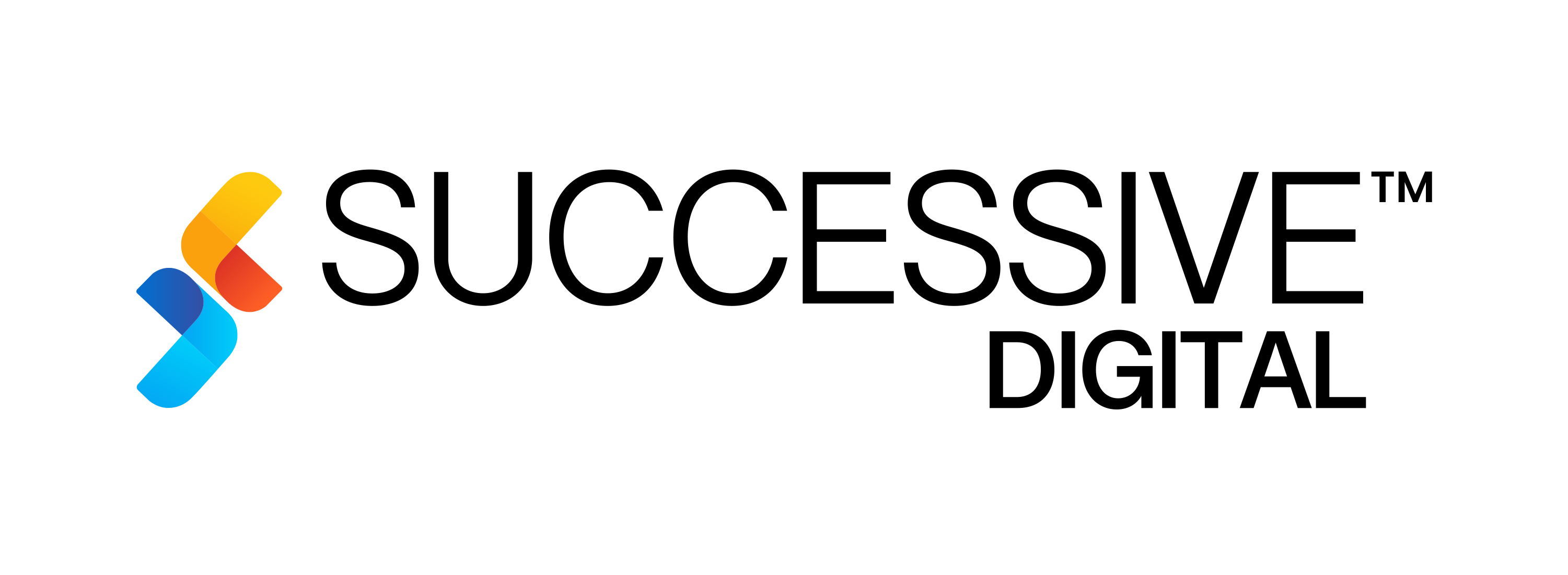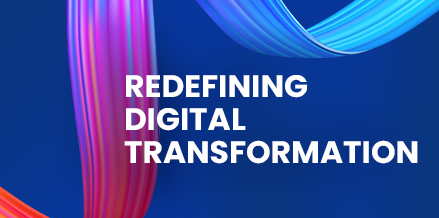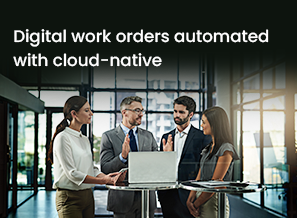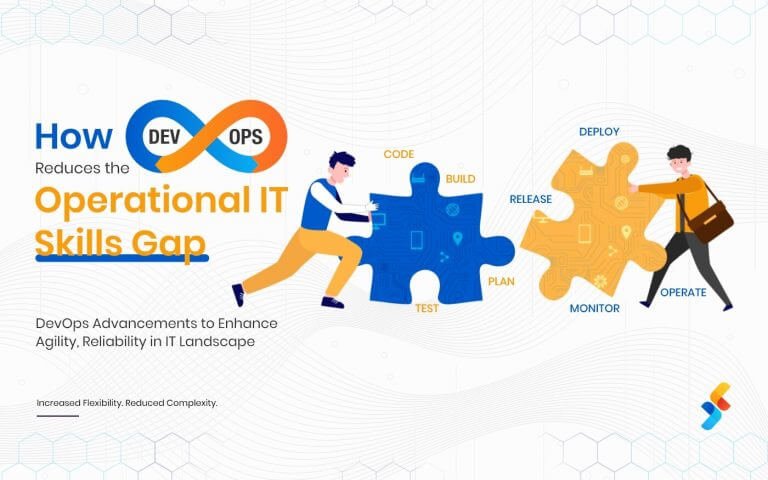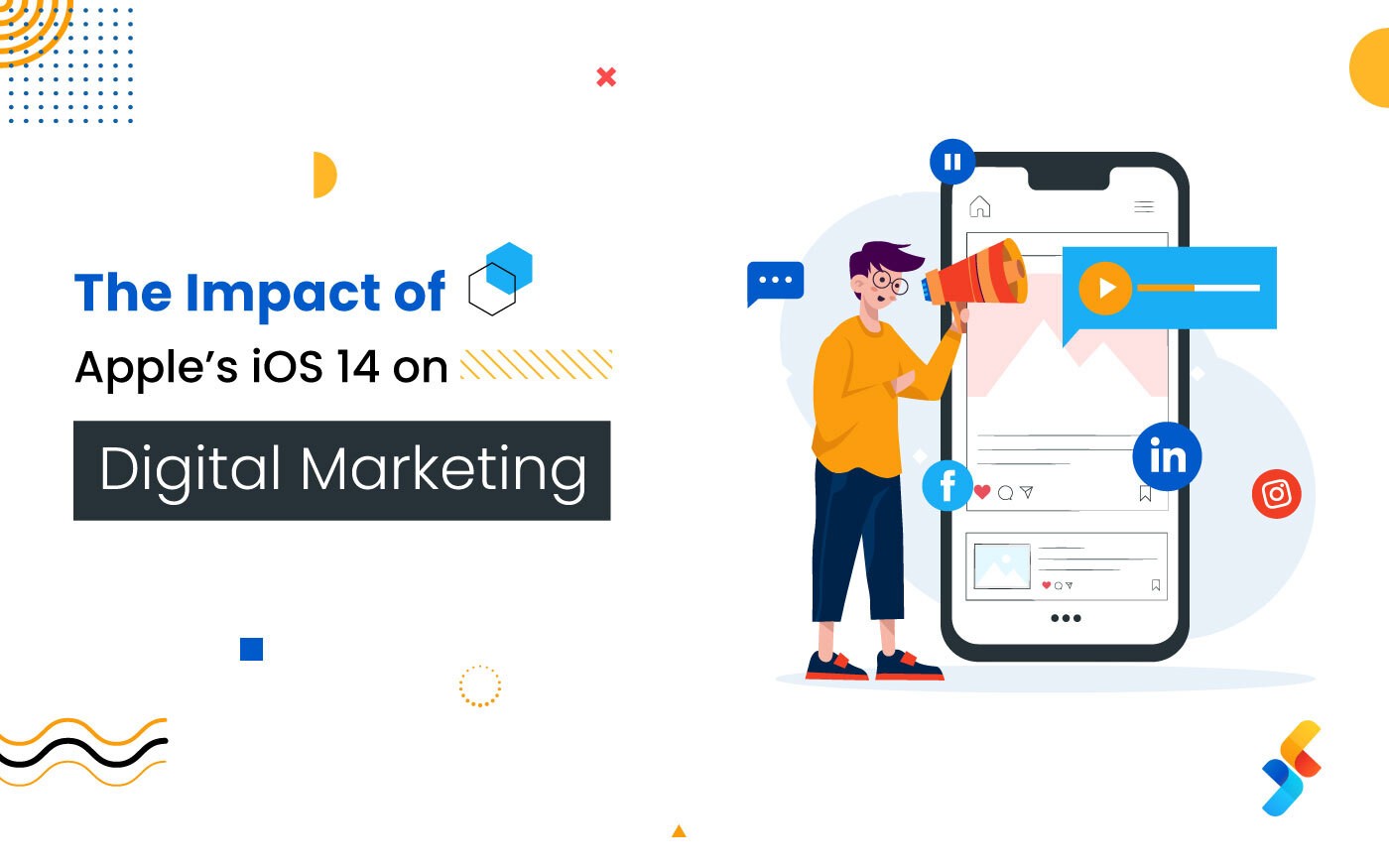In Asia, companies like WeChat and Grab started as simple messaging or ride-hailing apps but quickly evolved into multi-service platforms, integrating payments and eCommerce services within a single interface. It was all part of scaling and innovation, which led to the success of these multi-million dollar companies.
This shift changed the way people interacted with digital services, giving rise to Super Apps, which has now become a part of everyday life. Users loved the convenience these apps provided, and businesses saw a goldmine in customer retention. Soon, the trend started spreading beyond Asia.
By 2030, the global super apps market is expected to generate US$ 426,005.8 million, projecting a compound annual growth rate (CAGR) of 27.8% from 2023 to 2030. Thus, expectations are clear—people are using these apps greatly, and so businesses can invest in them to generate high engagement and ROI.
Today, with people expecting seamless digital experiences, companies across industries are exploring how to build a super app to stay ahead of the competition. But here is the thing—cramming multiple services together will not create a successful super app. It requires a well-planned tech foundation, intuitive user experience, and a solid business model to make it profitable.
In this guide, we will break down everything. So, if you’re considering creating a super app, this is where you start.
What is a Super App & How Is It Different from Multi-Service Apps?
Super app development aims to retain users within a closed-loop ecosystem, ensuring they do not have to leave the platform for any requirements. A super app combines multiple services into a single platform, offering users seamless access to diverse functionalities without switching between different apps.
How Is a Super App Different from a Multi-Service App?
Super apps and multi-service apps might seem similar at first glance since both offer multiple functionalities within a single platform. However, by getting to know both of them, you can understand the key differences between them:
| Feature | Super App | Multi-Service App |
| Scalability | Perform more than a core function, continuously integrating new services | Limited to a few related services |
| User Experience | Seamless experience with multiple features under one UI | Separate features, sometimes linked but not deeply integrated |
| Ecosystem Control | Acts as a digital ecosystem, sometimes allowing third-party integrations | Offers only company-owned services |
| Example Apps | WeChat, Grab, Gojek | Uber (with Uber Eats), Amazon (Shopping + Prime Video) |
A multi-service app expands its offerings beyond its primary function—for example, Uber initially started with ride-hailing and later introduced Uber Eats. However, it still remains primarily a transport-based platform with added features.
On the other hand, a super app is a digital powerhouse that integrates diverse, often unrelated, services into a single suite. WeChat, for instance, started as a messaging app but evolved into a complete platform with payments, shopping, social media, and even government services—all within one app.
The Key Differentiating Factor: User Stickiness
What truly differentiates a super app is how it locks users into an ecosystem. The more services a user can access within the app, the less likely they are to leave. This results in higher engagement, frequent transactions, and better monetization opportunities.
The Business Case for Super Apps: Who Needs One & Why?
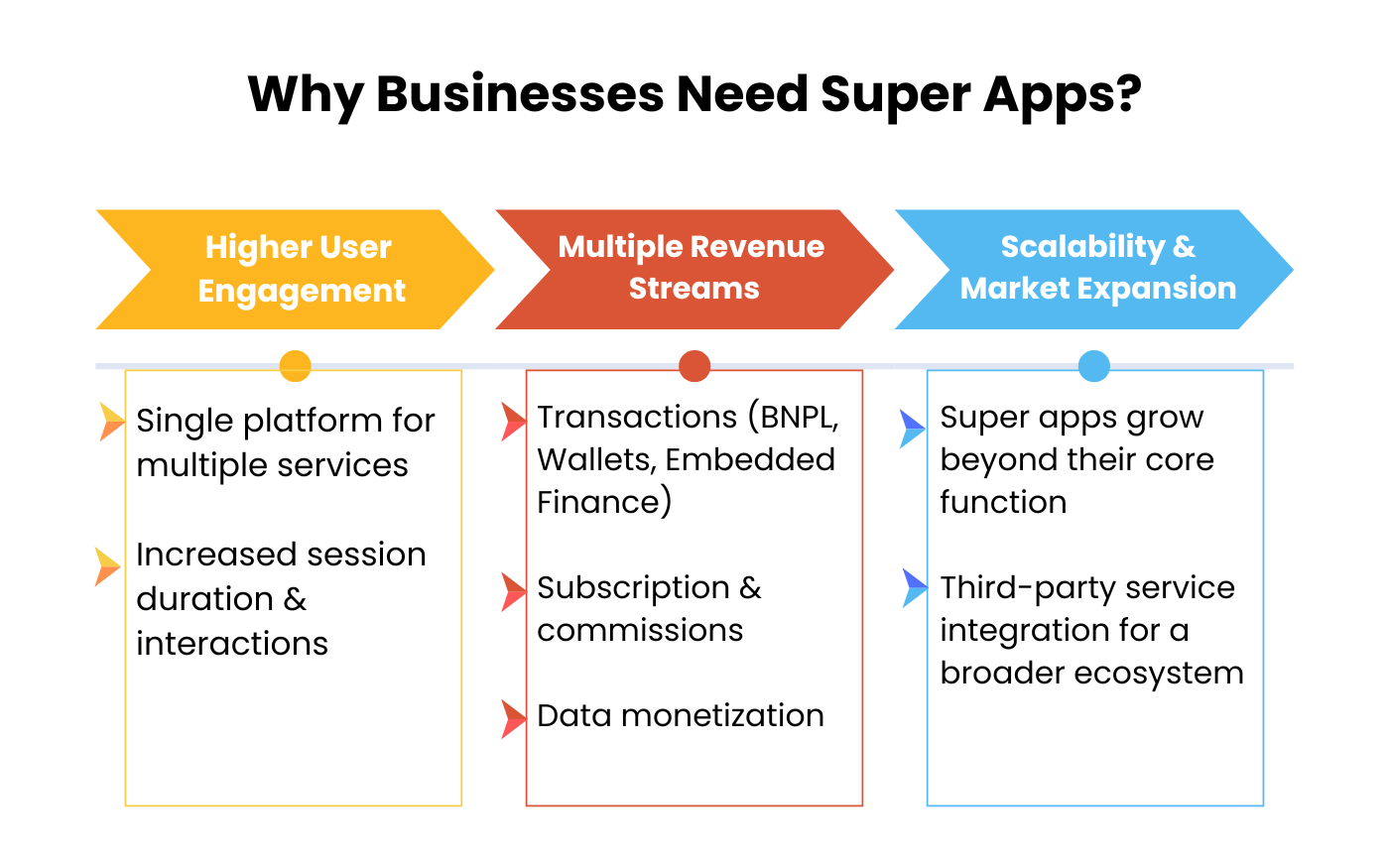
Super apps are one of the latest mobile app development trends that is gaining traction worldwide. Since super apps engage users with different needs for frequent, diverse services in one place, they can explore multiple revenue streams. But which industries can make the most of this model?
Let’s find out…
Industries That Benefit from Super Apps
eCommerce & Retail
Brands can own the entire shopping journey of their users with super app development, enabling them to view real-time reviews, pay via a digital wallet, and schedule delivery, and that too without leaving the app.
Explore the power of super app in retail:
- One-click shopping with built-in payments
- Loyalty programs offering cashback and discounts
- Fast deliveries for groceries, electronics, and daily essentials
Banking and Finance
People are widely using apps for transactions already, thus giving businesses opportunities to explore additional financial products. For example, Paytm started with digital payments but now offers insurance, loans, and stock trading.
How super app development can integrate finance services:
- Mobile wallets and online payments
- Microloans, investments, and insurance services
- Bill payments & subscription management
Healthcare
In healthcare, super apps move beyond teleconsultation by integrating:
- Teleconsultations with doctors
- Medicine delivery and online prescriptions
- Health monitoring tools synced with wearables
Ride-hailing and Mobility
The mobility sector can significantly benefit from the super app model by going further than ride-hailing services, just like it happened with Uber.
Super apps can help them with:
- Multiple transportation options like bike rentals & carpooling
- Switch to competitive apps like food & package deliveries
- Generate additional revenue streams like integrating in-app payments
Revenue Potential of Super Apps
This diversification with super app development increases revenue per user and ensures frequent app usage.
More User Engagement = Higher Revenue
Ads, transactions, and subscriptions are common ways businesses earn revenue. Therefore, the time users spend on the platform leads to more frequent interactions, transactions, and service usage, and ultimately, high revenue and reduced customer acquisition costs.
Cross-selling Opportunities
By providing the convenience of accessing multiple services in one app, businesses can effectively cross-sell to existing customers.
Here’s how businesses are benefiting from service feed to another:
- A ride-hailing app can offer food delivery services
- A fintech super app can suggest insurance policies
- A retail super app can provide exclusive discounts and personalized offers
Data Monetization & Insights
Super apps collect valuable user data (spending habits, preferences, and engagement) that can be leveraged for:
- Targeted marketing
- Improved service offerings
- Monetized through partnerships
Key Features in Super App Development
Building a successful super app requires a well-structured foundation with essential features that ensure seamless functionality and scalability. The right combination of features will drive engagement, enhance monetization, and keep users coming back.
User Authentication & Security
Since super apps handle multiple services, including financial transactions and sensitive data, it require robust security measures.
- Multi-Factor Authentication
- Biometric Authentication
- End-to-End Encryption
- Compliance with Regulations
Digital Wallet & Payments Integration
A seamless payment system is the backbone of super app development, enabling frictionless transactions across multiple services.
| Buy Now, Pay Later | Increased purchase flexibility for users |
| Card & Crypto Payments | Multiple payment methods (credit/debit cards and digital currencies) |
| Loyalty & Rewards Programs | Encourages repeat transactions and boosts engagement |
AI-Driven Personalized Recommendations
AI-powered super app development enhances user experience by analyzing behavior and offering relevant services.
| Smart Recommendations | Suggests rides, shopping deals, food options, and more based on user activity. |
| Dynamic Pricing | Adjusts service costs in real time based on demand. |
| Predictive Analytics | Helps businesses customize promotions to individual users. |
Multi-Service Integrations
Since multiple services are integrated into a single platform, super app development must focus on seamless access.
| Rides & Mobility Services |
|
| eCommerce & Shopping |
|
| Food Delivery & Restaurants |
|
| Healthcare & Telemedicine |
|
How to Build a Super App: A Step-by-Step Development Guide
Without proper planning or approach, building a super app can be complex for business owners. Therefore, it is recommended to follow an Agile project management methodology to achieve seamless user experiences and business value.
Step 1: Set the Right Foundation
Before starting with the development part, understand the business model of super apps and and MVP scope to ensure a streamlined launch. Moreover, choose the core services and monetization strategies to include initially while keeping scalability in mind.
Step 2: Select the Right Technology Stack
Seamless super app development requires a scalable and secure tech stack to ensure smooth performance as the app grows. Therefore, choose the right backend and frontend frameworks based on your performance requirements, security needs, and platform compatibility.
Microservices-Based Architecture
Microservices architecture follows a modular approach, enabling independent scaling of different app components while ensuring a unified user experience.
Kubernetes for Scaling
With the ability to adjust the number of application replicas (pods) to match workloads with changing resource requirements, Kubernetes manages containerized workloads efficiently. Adding and removing pods dynamically allows super apps to scale up and down as per the demand fluctuations.
API-First Development
A super app requires seamless integration with third-party services, enabling better flexibility for them to work in parallel. Moreover, API-first development is one of the top trends in web development that builds a strong foundation of service, minimizing the need to dive deep into internal implementation— leading to faster growth.
Read this blog to learn more about web development trends that can help you update what’s new in this market.
AI & ML Integration
Intelligent technologies like AI and ML are crucial to build a super app that can withstand the automation and personalization requirements of today’s sophisticated user base.
| Category | Technology Options | Purpose |
| Frontend Development | React Native, Flutter, Swift (iOS), Kotlin (Android) | Building a cross-platform or native mobile app UI |
| Backend Development | Node.js, Python (Django/FastAPI), Java (Spring Boot) | Handling business logic, APIs, and server-side processes |
| Database | PostgreSQL, MySQL, MongoDB, Firebase | Storing and managing structured & unstructured data |
| Authentication & Security | OAuth 2.0, Firebase Authentication, AWS Cognito, Okta | User login, multi-factor authentication, and data protection |
| Payments & Wallets | Stripe, Razorpay, PayPal, Google Pay, Apple Pay | Enabling transactions and digital wallets |
| Microservices Architecture | Kubernetes, Docker, Apache Kafka | Scaling services independently and managing service-to-service communication |
| Cloud Infrastructure | AWS (EC2, S3, Lambda), Google Cloud, Azure | Hosting, storage, and cloud computing |
| API Management | Postman, Swagger, Apigee, GraphQL | API development, testing, and documentation |
| AI & Personalization | TensorFlow, OpenAI, Azure AI, Amazon Personalize | Enhancing user experience with recommendations and automation |
| Real-time Data & Messaging | Firebase Realtime Database, WebSockets, MQTT | Powering live chat, notifications, and real-time interactions |
| Analytics & Monitoring | Google Analytics, Mixpanel, AWS CloudWatch, ELK Stack | Tracking user behavior, performance monitoring, and data insights |
Step 3: UX/UI Design for a Seamless Super App Experience
Make sure to work with a front-end development company that has experience in providing a unified, intuitive experience despite hosting multiple services. Focus on simplified navigation with optimized speed & responsiveness that allow users to switch between services effortlessly.
Step 4: Develop & Integrate Core Features
With the structure in place, begin the super app development process focusing on modular components that allow future expansion. During the development, you have to ensure user authentication & security protocols and seamlessly integrate API-based third-party services for multi-functionality.
Step 5: Testing & Security Compliance
Since super apps handle sensitive data, rigorous testing and security compliance audits for safeguarding user data are critical. Based on the super app functionality requirements, these testing types need to be prioritized:
- Load & stress testing to ensure stability under heavy usage.
- Compatibility testing to ensure super app functionality is seamless across devices.
- Beta testing to fine-tune performance before full-scale deployment.
Step 6: Launch, Scale & Iterate
You need a well-executed launch strategy to ensure the long-term success of your super app. Therefore, a soft launch should be planned with selected users to gather insights and fix issues.
After the launch, real-time performance monitoring can help scale resources as needed. Moreover, collect user feedback and insights from analytics for continuous updates & optimizations.
Super App Monetization: Advanced Strategies Beyond Ads & Subscriptions
Why building a super app can be beneficial for businesses because it opens up opportunities for monetization far beyond traditional ad revenue and subscription models.
Rather than offering every service in-house, super apps can act as a platform where third-party businesses integrate their services, i.e., Super App as a Platform (SAAP).
-
Marketplace Model
External vendors can list their products and services, paying commission fees to the super app.
-
API-Based Service Integrations
Third-party developers can embed their tools within the super app, extending its capabilities while generating platform revenue.
How to Scale & Maintain a Super App Post-Launch?
Launching a super app is just the beginning. Real success begins after you have received the response from your audience and are now looking to expand your business.
Following these practices for super app development, you can ensure a robust infrastructure and continuous integrations that are ideal for scaling your business.
-
Managing High User Loads
Use containerization (Docker, Kubernetes) and cloud-based auto-scaling solutions to handle traffic spikes without performance issues.
-
Continuous API & Third-Party Integrations
Regularly update APIs to integrate new services while ensuring seamless compatibility with existing features.
-
Security & Fraud Prevention
Implement real-time threat detection, multi-layer encryption, and AI-driven fraud monitoring to protect user data and transactions.
How Much Does It Cost to Develop a Super App?
Some of the common factors like development approach, tech stack, and scalability requirements will affect the cost of developing a super app. However, to make your budget, you can get detailed insights in our mobile app development cost blog.
Here is a breakdown of the estimated costs across different phases:
-
MVP Development Cost
Building an MVP with essential features and a few core services will typically cost between $100,000 and $300,000.
-
Full-Scale Development
Expanding the MVP into a full-fledged super app with advanced technologies, third-party integrations, and multi-service functionality can cost anywhere between $500,000–$1.5 million. This cost may vary depending on app complexity and chosen tech stack.
-
Scaling & Maintenance
Another important factor affecting super app development cost is scalability and maintenance requirements. Post-launch, cloud infrastructure scaling, API updates, security patches, and feature enhancements can cost around $10,000–$50,000 per month.
-
Outsourcing vs. In-House Development
| In-House Development
Requires hiring a full team (developers, UX/UI designers, DevOps, security experts), leading to high upfront costs ($1M+ annually). |
OutsourcingPartnering with an experienced super app development company reduces costs by 30-50% while ensuring faster delivery and specialized expertise. |
Conclusion: Future-Proofing Your Super App for Long-Term Success
If you own a business and are stuck on how to grow it further, super app development might be just the right approach for you to drive more customer retention and revenue.
From choosing the right tech stack to implementing AI-driven personalization and financial services, every aspect plays a crucial role in long-term success. And partnering with Successive Digital can help you achieve that.
Want to know how?
Take a look at how we built an AI-driven content automation solution for a retail brand, improving SEO and market visibility. Using Generative AI and scalable AWS infrastructure, the app created high-quality, search-optimized content that boosted organic traffic, search rankings, and, ultimately, business agility. Similarly, such AI-powered strategies can enhance super apps.
Looking to build a scalable super app? Get in touch with our experts to discuss your requirements today!
FAQs
Yes! With users looking for convenience and businesses for higher engagement, super apps are shaping the future, as well as dominating industries like fintech, e-commerce, and mobility. This is because these apps offer a one-stop platform where users can chat, make payments, order food, book tickets, and more.
Super apps are popular because they offer convenience to users by integrating services in one platform. These apps can also benefit businesses since they can leverage increased customer retention and monetization opportunities.
Traditional apps focus on a single function, like messaging, payments, or shopping. In contrast, super apps combine such services into a unified ecosystem. Unlike traditional standalone apps, this closed-loop ecosystem ensures users rely on the platform for their various needs.

